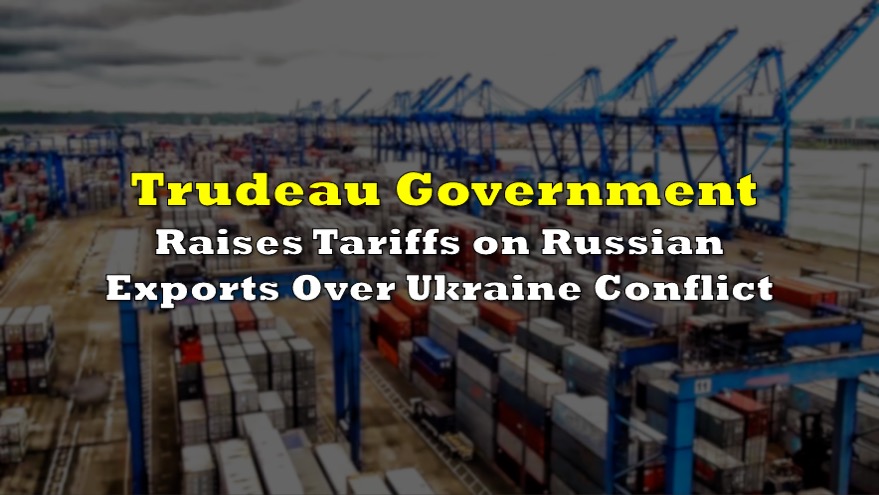On July 1, about 7,400 British Columbia port workers at 30 locations, including the busy ports of Vancouver and Prince Rupert, walked off their jobs after union leaders’ talks with the British Columbia Maritime Employers Association (BCMEA) broke down.
The collective contract for workers belonging to the International Longshore and Warehouse Union (ILWU) Canada had expired on March 31, 2023, but workers had stayed on the job for three months as a good faith gesture as both sides attempted to reach a new deal.
It is difficult to say precisely how far apart the parties are, but the gap does not seem monumental. In addition to higher wages, the union wants to control the use of contractors (to save union jobs) and to limit the number of current and future jobs that will be made redundant by port automation.
BC trucking company owner here
— Tracey 🇨🇦/🇺🇦 Victory/BIPOC🌈 🏳️⚧️ally/😷 💉 (@mustangmadd) July 3, 2023
A port strike is a nightmare for us
Yet I support the right of collective bargaining,which includes the right to legally walk off the job
But of course CPC leader doesn't support workers rights
He's a proud champion of "right to work"
👇🏻👇🏻 pic.twitter.com/Tx21xJ3nGv
Constructively, excepts from BCMEA’s statement regarding the strike action do not appear especially combative: “Our bargaining committee has made repeated efforts to be flexible and find compromise on key priorities, but regrettably, the parties have yet to be successful in reaching a settlement.”
Another positive: Just a few weeks ago, approximately 22,000 ILWU U.S. west coast dockworkers reached a six-year labor accord. That agreement called for an aggregate 32% wage increase through 2028 plus a one-time bonus.
The economic stakes in Canada’s port strike are significant. About US$750 million of goods flow through BC’s ports each day. This represents around 25% of Canada’s total imports and exports. A prolonged strike could therefore have a major effect on the nation.
After Montreal last year, it is now BC's turn. Port strike in BC sparks worries of inflationary impact. With supply chains and global shipping disrupted, the walkout poses a serious threat to Canada's economy.
— The Food Professor (@FoodProfessor) July 3, 2023
Unfortunately, Canada’s ports are already feeling some pain from the labor action. According to Everstream Analytics, a supply chain data analytics company, exporters started diverting cargo vessels from the Port of Vancouver a few months ago in anticipation of a possible strike. Only 67 cargo vessels arrived at the port in June 2023, down from 83 in March.
A significant percentage of goods arriving from Asia with ultimate destinations in the U.S. arrive at the ports of Vancouver and Prince Rupert as rail service out of those ports is frequently considered faster than from the ports of Seattle or Tacoma in Washington state. Port data shows that about 15% of the consumer trade going through the Port of Vancouver either originated in the U.S. or is headed to America. That percentage is much higher, at 67%, for the Port of Prince Rupert.
Information for this briefing was found via Sedar and the sources mentioned. The author has no securities or affiliations related to this organization. Not a recommendation to buy or sell. Always do additional research and consult a professional before purchasing a security. The author holds no licenses.









